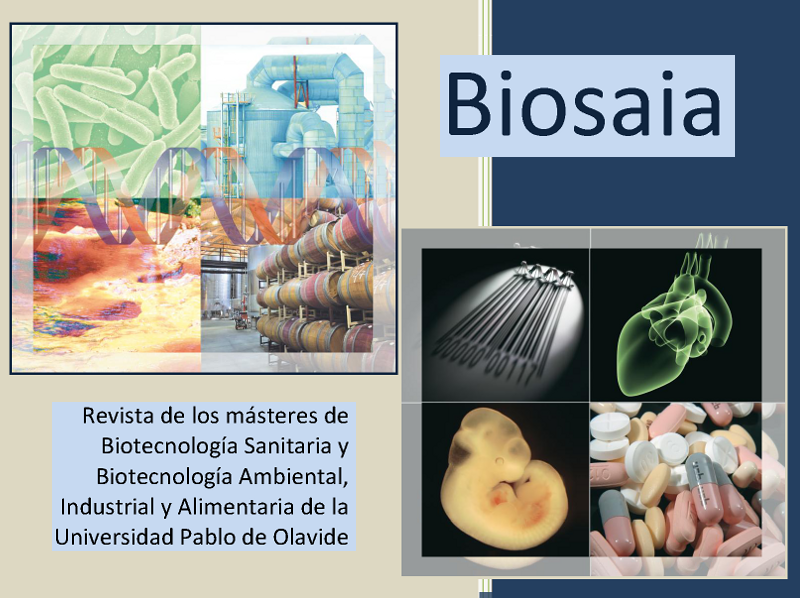Transcriptional regulation of genes involved in the symbiosis between Nostoc and Oryza
Palabras clave:
Nostoc punctiforme, Oryza sativa, retrotranscription, qPCRResumen
Motivation: Cyanobacteria of the genus Nostoc are capable of establishing symbiosis relationships with many different types of plants. In these mutualistic relationships the cyanobacterium provides the plant with fixed nitrogen, while the plant provides the cyanobacterium with protection from hostile environments and carbon compounds as energy for N2 fixation. It has recently been described that Nostoc punctiforme performs a stable symbiosis with Oryza sativa (Álvarez et al., 2020). In order to know the molecular mechanisms involved in the recognition between the plant and the cyanobacterium, a proteomic study was carried out in the early stages of co-culture of both organisms. In this study, proteins with homology to the Nod factors of Rhizobium sp. were identified in Nostoc, which could be related to signaling in the plant. The aim of this work is to study the regulation of the expression of the genes encoding these Nod proteins by means of RT-qPCR.
Methods: The expression of Nostoc punctiforme Nod genes was studied in response to the presence of the plant at 1, 2, 3, 5 and 7 days of co-culture. On the one hand, a Nostoc punctiforme culture grown at 25°C in Roux flasks with 1% CO2, continuous illumination and at 30°C was prepared. On the other hand, Oryza sativa seedlings were obtained germination of seeds under axenic conditions. At one week of growth, the seedlings were transplanted into flasks with hydroponic medium. Co-culture was performed by adding a fixed amount of Nostoc to the Oryza culture medium, and incubating the mixture in thermostated chambers at 25°C, 12h light/dark cycles and 75% relative humidity. RNA was extracted from Nostoc samples that had been in contact with the plant. As a control, Nostoc incubated without the plant was used. After RNA retrotranscription, the resulting cDNA was used to evaluate the expression of the genes of interest.
Results: It was observed that the expression of certain Nod genes is activated in the presence of Oryza, although there are other Nod genes whose expression remains unchanged in response to inoculation with the plant.
Descargas
Citas
Álvarez, C., Navarro, J.A., Molina-Heredia, F.P. & Mariscal, V. Endophytic colonization of rice (Oryza sativa L.) by the symbiotic strain Nostoc punctiforme PCC 73102. Molecular Plant-Microbe Interactions 33, 1040–1045 (2020). DOI: 10.1094/MPMI-01-20-0015-SC
Descargas
Publicado
Cómo citar
Número
Sección
Licencia
Derechos de autor 2022 Biosaia: Revista de los másteres de Biotecnología Sanitaria y Biotecnología Ambiental, Industrial y Alimentaria

Esta obra está bajo una licencia internacional Creative Commons Atribución-NoComercial-CompartirIgual 4.0.





